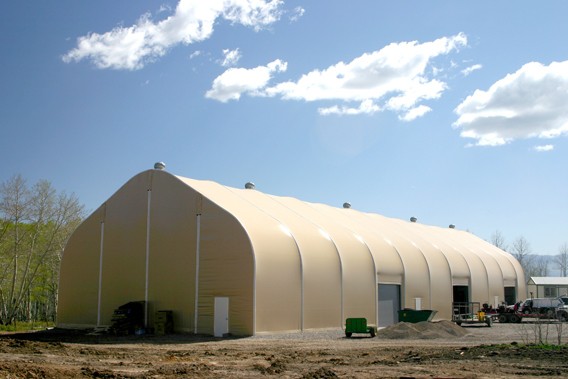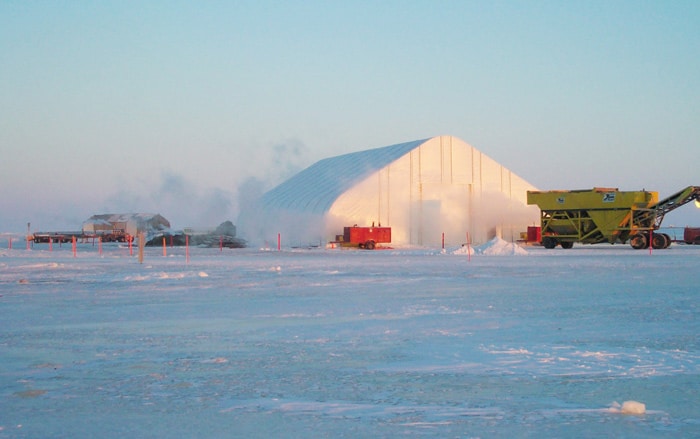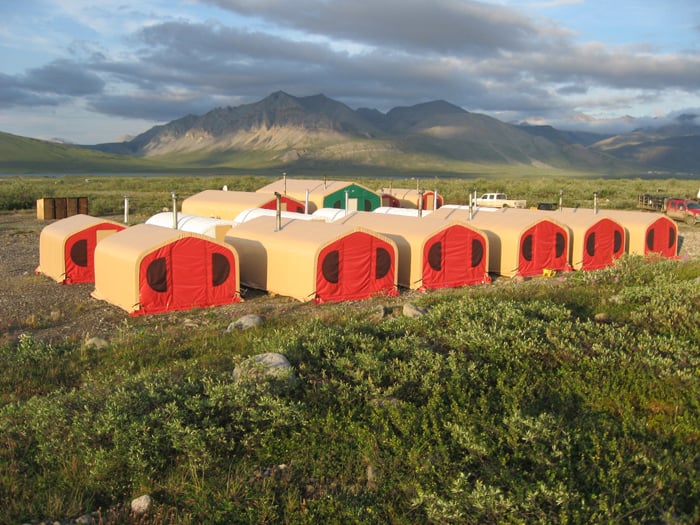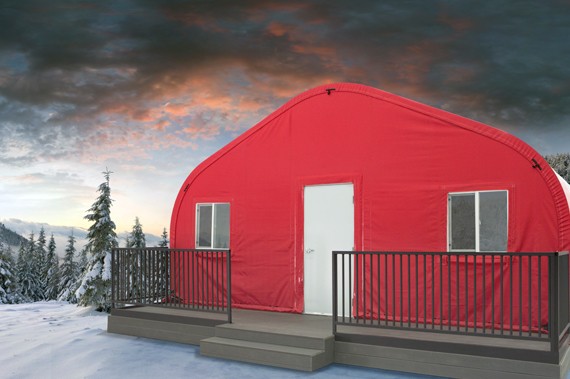Versatile, strong, and portable, tension fabric buildings present many advantages over similar-sized wood, metal, pole, and other traditional structures.


Versatile, strong, and portable, tension fabric buildings present many advantages over similar-sized wood, metal, pole, and other traditional structures.

You may have your operations housed in an old building, wasting energy and driving up costs due to poor insulation, etc. Before you begin upgrades, it’s important to explore all your options for repairing an old structure or building a new one. Sometimes repairing an old structure can be just as expensive as building a new one, and both take a lot of time. Another option is to use a fabric building to support your operations, as they are fast and easy to setup. In addition, they are typically less costly than upgrades or a building a brick-and-mortar structure. Alaska Structures designs fabric structures with a host of benefits and ways to save and increase energy efficiency.

ISO shipping containers provide a way for intermodal transport, shipping items from the ship to the rails and then to trucks. This versatility doesn’t translate to housing and camping, however some commercial and governmental operations use them for this purpose. Imagine trying to sleep or work inside a metal crate with no windows or insulation. Those aren’t optimal conditions to live or work in. A better option for a camp system would be a fabric structure, designed to house people and equipment. Factors that make fabric structures a better option are safety, shipping costs, portability, construction costs, versatility, and energy efficiency.

Nationally and globally there have been efforts to reduce waste and pollution on our planet, including the recent Paris Agreement. With global warming and new legislation, operations must use energy-efficient and eco-friendly buildings to help the planet and avoid lawsuits. Green buildings efficiently use energy, protect occupant health and reduce waste and pollution according to the Environmental Protection Agency. Alaska Structures offers a solution for operations managers that will follow EPA standards while not increasing operation costs a lot. Their fabric structures are equipped with lots of options that cut down energy costs, are reusable, and comfortable for employees to work in.